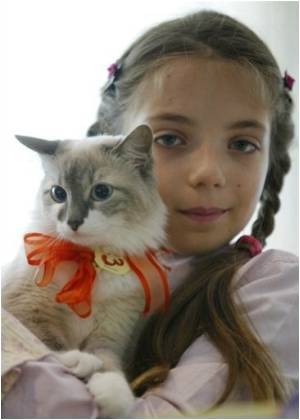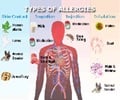Researchers at McMaster University have developed a new vaccine that could successfully treat cat allergies, promising relief to those who suffer from itching, watering eyes and sneezing.

They took one protein (molecule) that cats secrete on their fur, which causes the majority of allergic problems.
Using blood samples from 100 patient volunteers allergic to cats, they deconstructed the molecule and identified short regions within the protein, which activate T-cells (helper cells that fight infection) in the immune system.
Using the amino acid code for the whole protein, the researchers made synthetic versions of these regions. For the cat allergy vaccine, they found seven peptides (strings of amino acids).
"And those synthetic peptides are what we mix together to make the vaccine," said Larche.
"We picked the peptides that would work in as much of the population as possible," he added.
Advertisement
The optimal dose will be determined in phase three clinical trials, which are getting underway with a much larger group of cat allergy sufferers.
Advertisement
The research has been published the issue of the Journal of Allergy and Clinical Immunology.
Source-ANI














